Discover authentic flavors with Sakuraco
Enjoy new Japanese sweets, snacks & tea every month starting from $32.50 USD
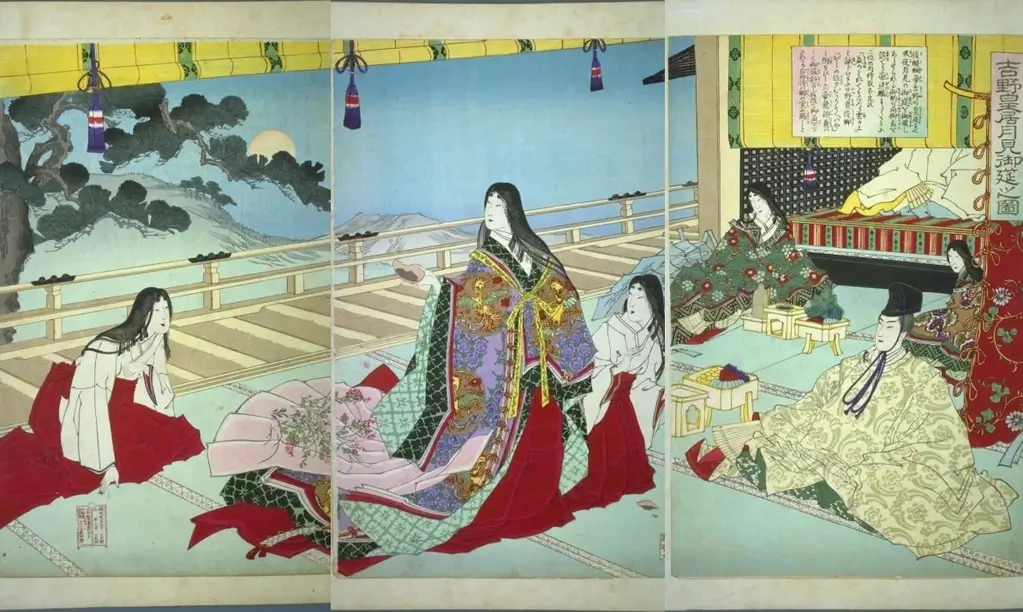
Ever since the Heian era (794-1185), the moon has been a symbol of beauty, emotion , and the passing of seasons. The tradition of tsukimi, or “moon viewing,” captures this idea perfectly.
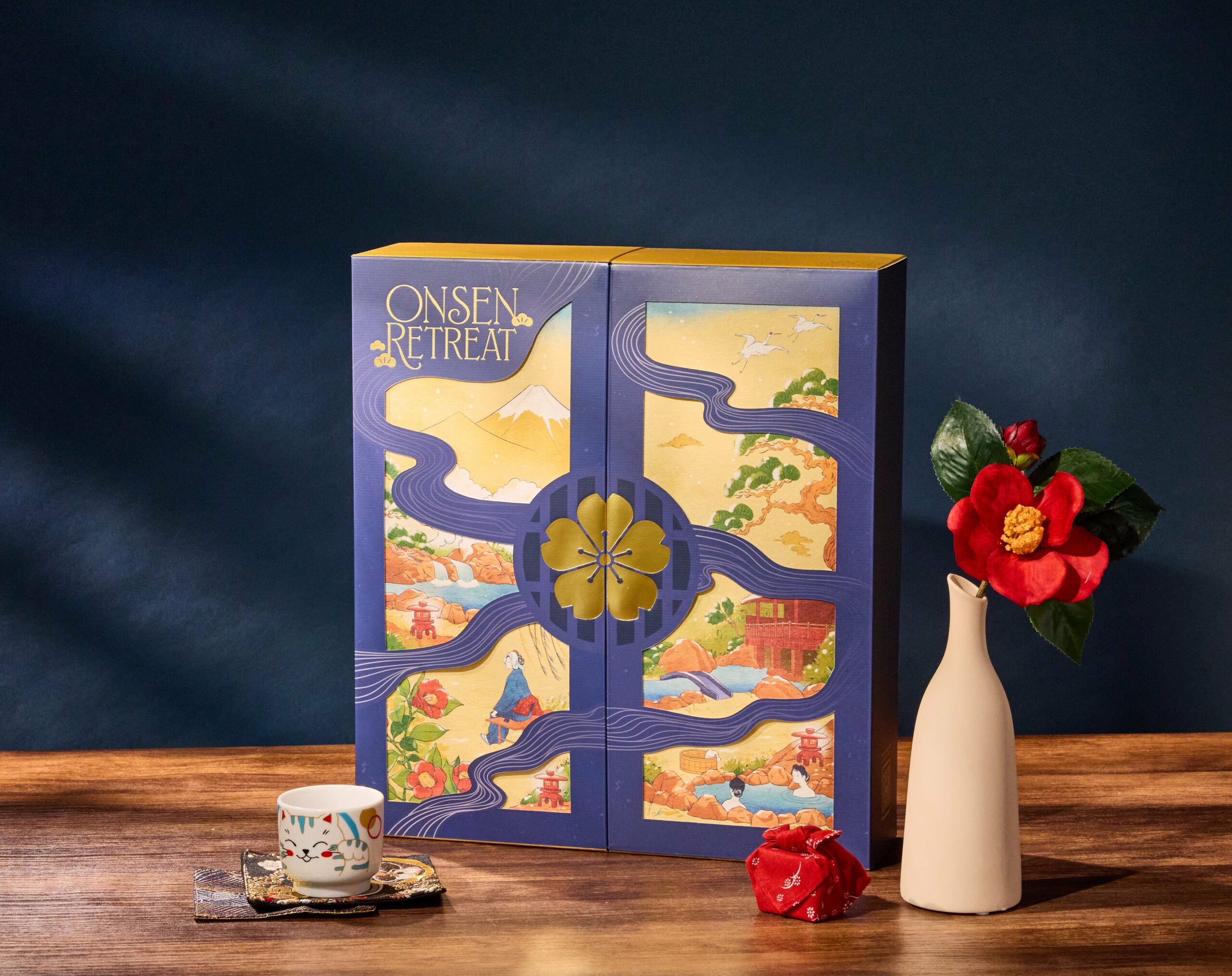
There is something timeless about the Japanese onsen. For centuries, these natural hot springs have been more than places to bathe. They are sanctuaries of renewal, reflection, and connection with nature. Surrounded by mountains, forests, or coastal views, onsens invite visitors to pause, breathe, and experience the restorative warmth of mineral-rich waters. While traveling to…
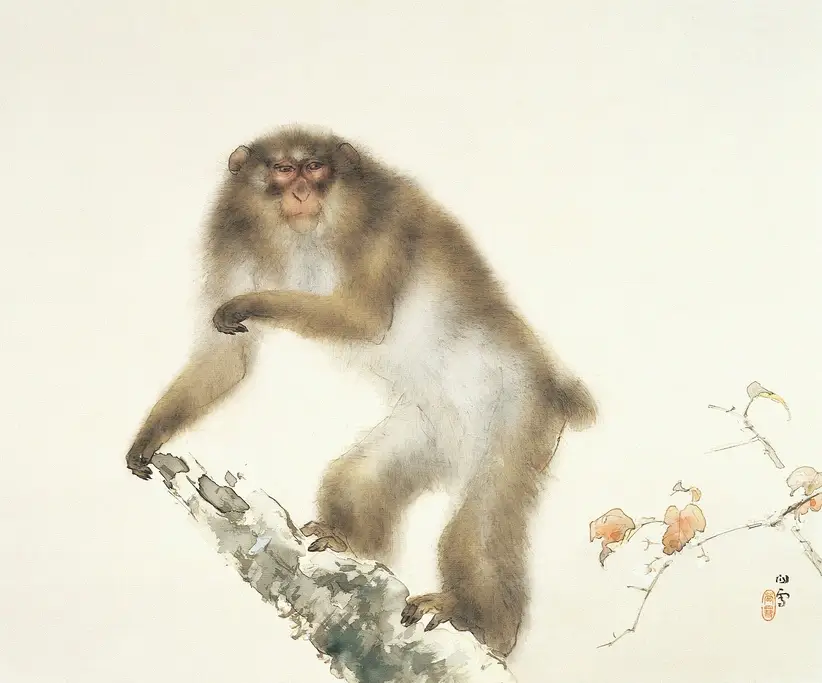
One of the best-known Japanese folktales is “The Monkey and the Moon,” in which animals mistake the moon’s reflection for the real thing. The story is a quiet lesson about illusion and reality.
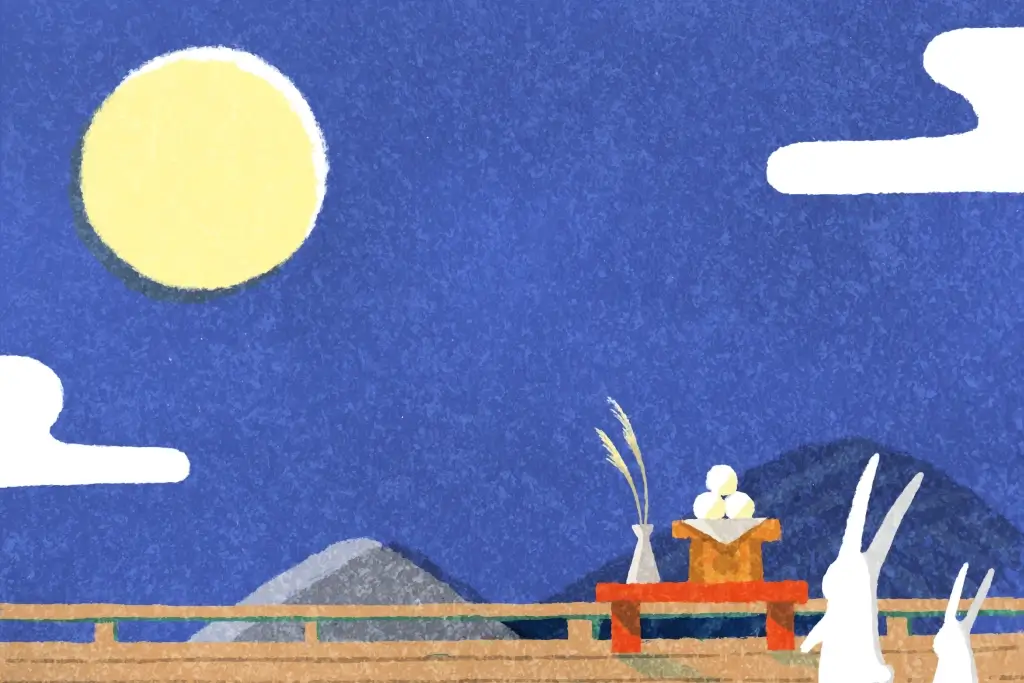
The moon is vital in Japanese culture; it symbolizes change, mystery, and peace. Poetry, folklore, and festivals draw from the nation’s long history with the lunar cycle. Artists across the centuries have used it as inspiration. Some simply tried to capture its beauty or explain its deeper meaning. Japanese moon art in particular captures this.
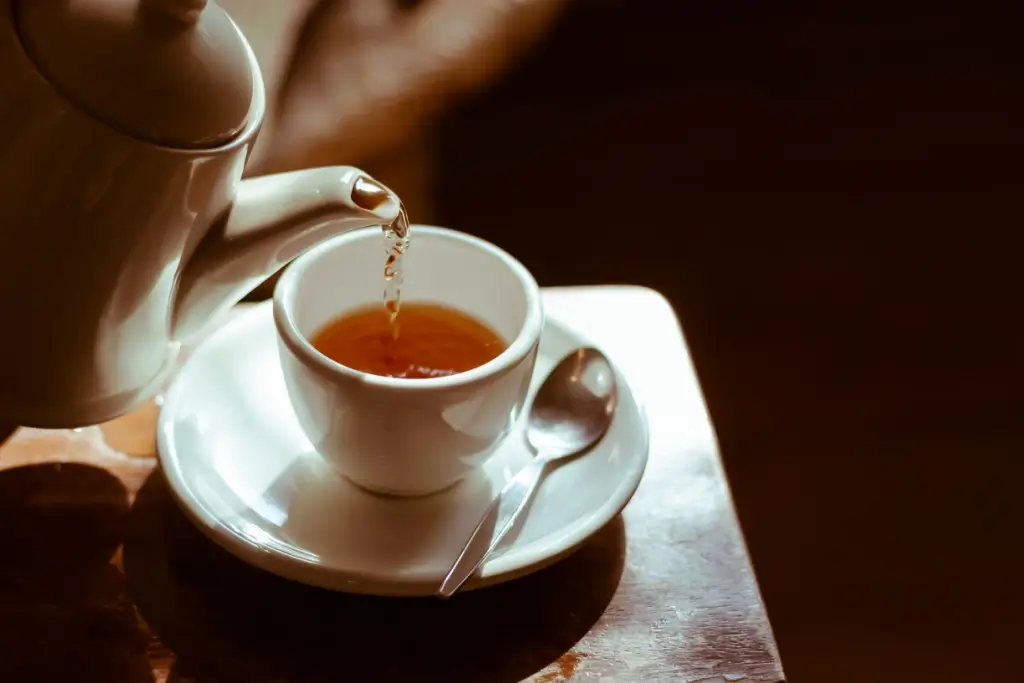
Gokokucha, or “five-grain tea” in Japanese, is a cozy drink made by roasting and brewing a mix of grains. Instead of being made from tea leaves, this multigrain tea comes from simple ingredients like barley, rice, corn, and buckwheat.

If you’ve ever dreamed of reeling in a big haul of fish with Mount Fuji standing majestically in the background, Shizuoka Prefecture might be your next must-visit destination. A new fishing tour from Heda Port in Numazu welcomes beginners and seasoned anglers.
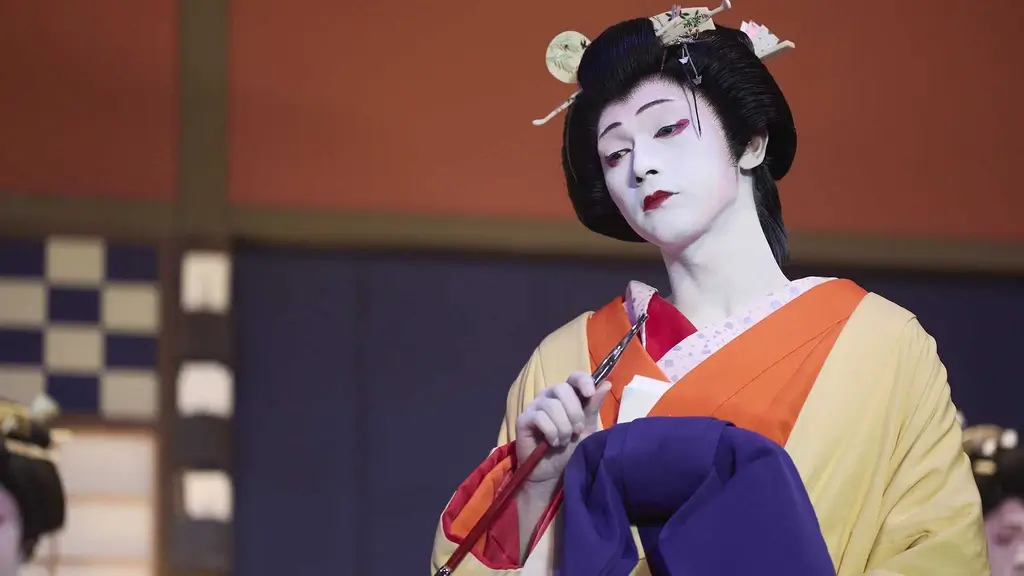
Kabuki theater, with its dramatic poses, elaborate costumes, and centuries-old traditions, is a dazzling symbol of Japanese culture. But what drives the actors behind the makeup, those who dedicate their lives to this demanding art form?
Enjoy new Japanese sweets, snacks & tea every month starting from $32.50 USD

